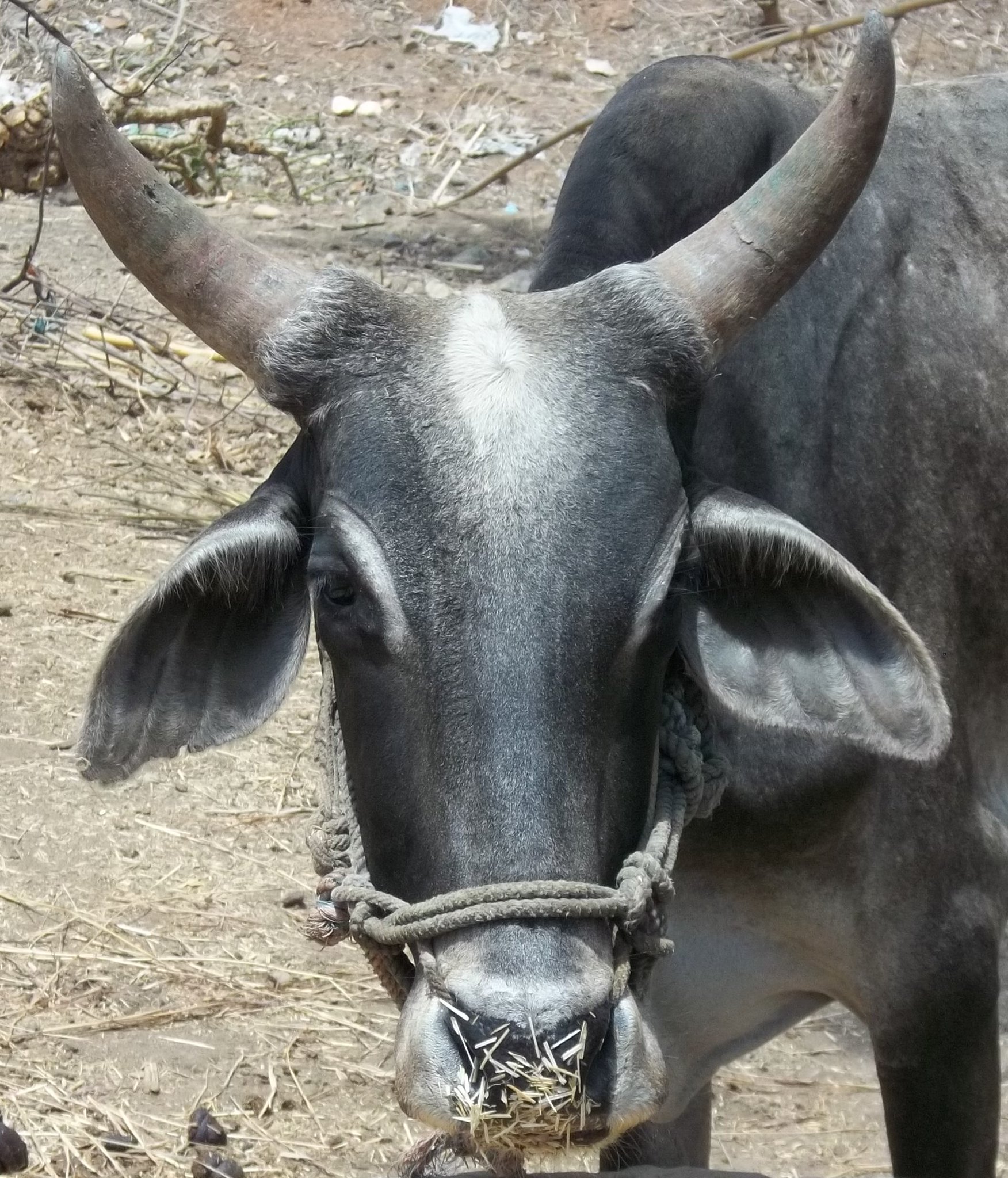
The consumption of milk contaminated with antibiotic-resistant bacteria poses a significant public health threat.
A new study published in Antibiotics (Sept 2023) has evaluated the prevalence of β-lactamase-producing Enterobacteriaceae in cow and buffalo milk from the states of Haryana and Assam in India.
A total of 401 milk samples were collected from dairy farmers and vendors. Microbiological assays, antibiotic susceptibility testing, and polymerase chain reaction–based genotyping were employed to analyze 421 Gram-negative bacterial isolates.
The overall prevalence of β-lactamase genes was 10%, with higher rates in Haryana (13%) compared to Assam (7%).
The identified β-lactamase genes in isolates were blaCMY, blaMOX, blaFOX, blaEBC, and blaDHA, associated with AmpC production, while blaCTX-M1, blaSHV, and blaTEM were detected as ESBL producers, while blaVIM, blaIMP, blaSPM, blaSIM, and blaGIM were identified as MBL producers.
Notably, Shigella spp. were the dominant β-lactamase producers among identified Enterobacteriaceae.
This study highlights the presence of various prevalent β-lactamase genes in milk isolates, indicating the potential risk of antimicrobial-resistant bacteria in dairy products.
The presence of β-lactam resistance raises concern as this could restrict antibiotic options for treatment.
The discordance between genotypic and phenotypic methods emphasizes the necessity for comprehensive approaches that integrate both techniques to accurately assess antibiotic resistance.
Urgent collaborative action incorporating rational and regulated use of antibiotics across the dairy value chain is required to address the global challenge of β-lactam resistance.
Citation
Dey, T.K., Lindahl, J.F., Lundkvist, Å., Grace, D., Deka, R.P., Shome, R., Bandyopadhyay, S., Goyal, N.K., Sharma, G. and Shome, B.R. 2023. Analyses of extended-spectrum-β-lactamase, metallo-β-lactamase, and AmpC-β-lactamase producing Enterobacteriaceae from the dairy value chain in India. Antibiotics 12(9): 1449.